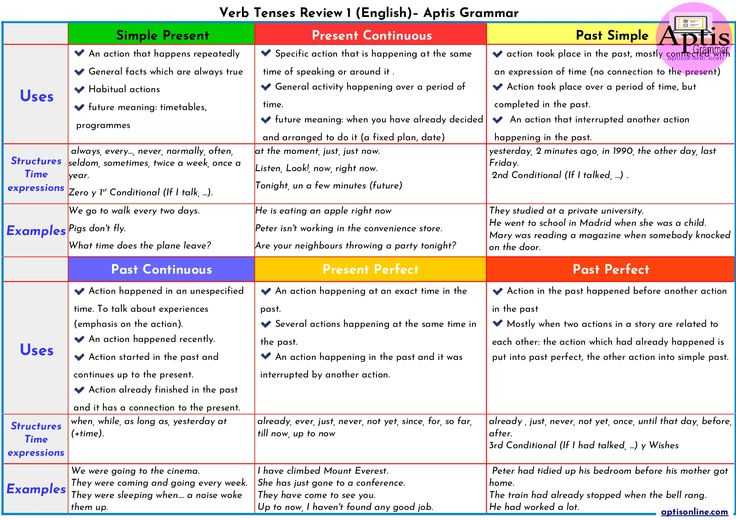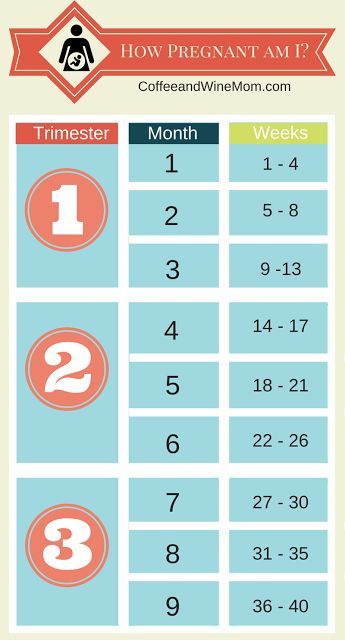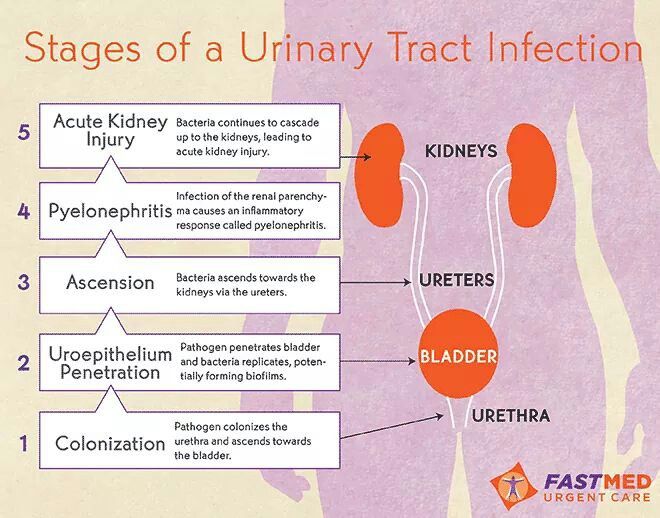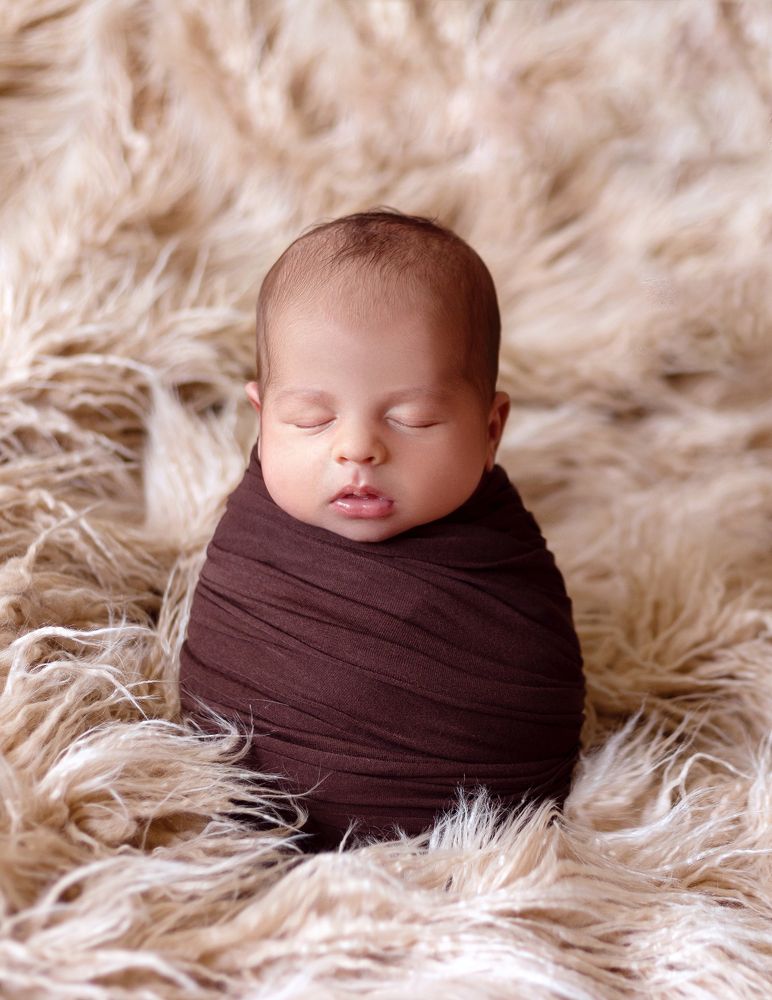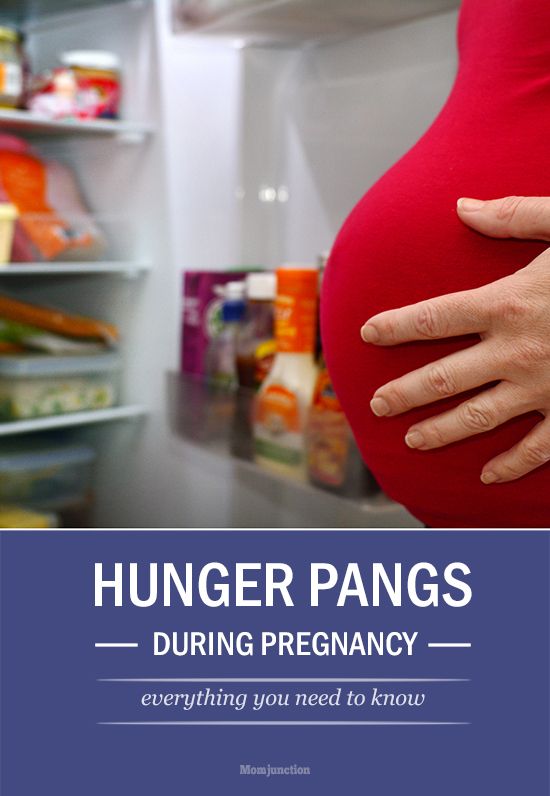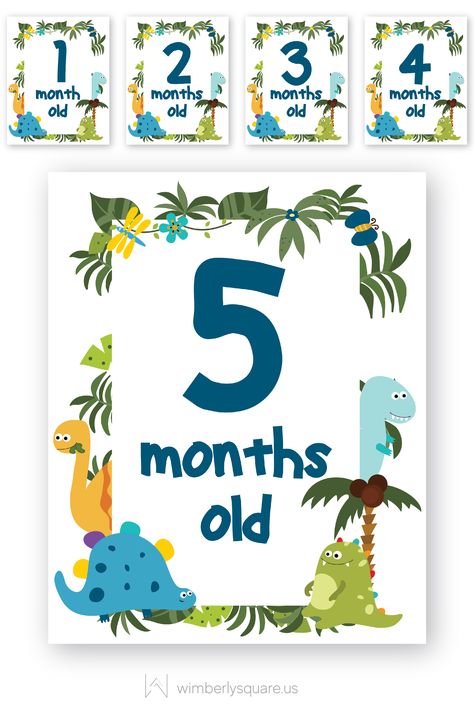Adopt in australia
What is the adoption process in Australia and why don't more children get adopted?
Asking people who want kids why they don't "just adopt" is a common refrain but actual adoption in Australia isn't all that common.
Just 334 adoptions were finalised in 2019-20.
So why don't more adoptions happen and what's really involved in the process?
There are a few reasons for this and we have to look at the three types of adoption to understand why.
Local adoption is probably what you think of when you hear the word "adoption". This is the adoption of children not known to their adoptive parents.
Known-child adoption means the child is already known to their adoptive parents (think foster carers or relatives).
And then there's intercountry adoption, i.e.the adoption of children from overseas.
Known-child adoptions are rising but the other two are going down.
Intercountry adoption has decreased since the 1990s because of ethical concerns. To give you a sense of how few of these happen, only 37 intercountry adoptions were finalised in 2019-20.
"And local adoption has declined because we live in a different culture now compared to when there was forced adoption," explains Renee Carter, chief executive of Adopt Change.
"There isn't the stigma that used to exist around being a single mother. There aren't as many people choosing to place a child into adoption."
Just 48 local adoptions were completed in 2019-20.
"Meanwhile, a number of states have been introducing legislation so that there's a timeframe of two years for having permanency plans, such as adoption, in place for children in care who can't return home," Ms Carter says.
"So there's been an increase in [known-child adoption because] carers who have had kids in their care for years [have been] formalising that through adoption."
The laws and requirements around adoption and who's allowed to adopt vary across Australia and based on adoption type.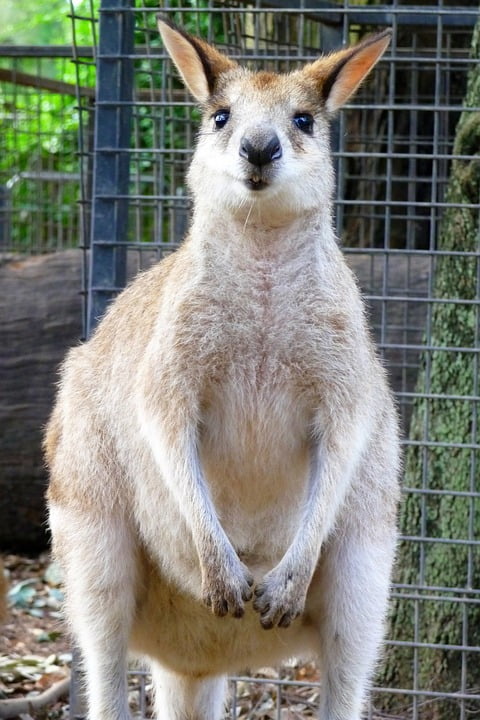
If you'd like specific information tailored to your state or territory, check out the relevant government websites below:
- Victoria
- New South Wales
- Australian Capital Territory
- Queensland
- Northern Territory
- Western Australia
- Tasmania
- South Australia
Generally speaking, a prospective adoptive parent needs to be an adult who is "available and able to provide for the child until they turn 18," says Kay Berry, Barnardos Australia's head of adoptions.
This means they need to be in reasonable health, and must undergo police and working with children checks.
Upper age limits are generally less of a barrier these days; in 2019-20, 44 per cent of local adoptive parents were 40 and over.
"And it's even higher for known-child adoptions, so that is a shift, even looking back a few years ago," Ms Carter says.
But if you're looking at intercountry adoptions, age limits for prospective adoptive parents vary depending on the country you're looking to adopt from.
The acceptance of single adoptive parents depends on the place you're adopting from and on the individual case. This applies to both intercountry adoptions and adoptions from within Australia.
Before you begin the actual application process, experts say you should think about your motivation for adopting.
"This comes in all different forms, but a key part should be about helping a child in need because these are very vulnerable children," Ms Berry says.
Another big thing to consider is that Australia now practices open adoption, which means birth family contact is expected throughout children's lives. You'd need to be confident and comfortable with facilitating that.
Adoption is "open" in Australia, which means birth family contact is expected until the child turns 18. (Adobe Stock: conceptualmotion)
(Adobe Stock: conceptualmotion)Any child who comes into your care will have a history, and all children have different needs, though there are obvious differences between bringing a baby home versus an older child.
If you're adopting an infant, the expectation is generally that there will be a full-time carer at home for a certain time period, Ms Carter explains.
"Sometimes it suits prospective parents who need to keep working to have school-aged kids, and we have a huge need for homes for older children," she says.
If you think this could be right for you, Ms Berry says you should also be prepared for the fact that "older children often have more needs".
"Many have been in situations of domestic violence, many have delayed development and require specialist interventions … some children may have NDIS care plans."
And if you want to adopt a child with a different cultural background to you, Ms Berry says you need to be prepared to actively integrate their culture into your daily life.
"Involved" is the word Ms Berry lands on to describe the adoption application process.
"It can be quite an exposing thing because many people get to hear more about your lives than would normally be shared," she says.
Exactly how "involved" the process is depends on the pathway and adoption type you're considering.
The local and known-child adoption processes generally involve getting in touch with your relevant state department or an accredited adoption agency after doing your research.
Next come the information sessions, assessment and training (if you'd like more information on this, this NSW-specific website outlines this part of the process generally).
"The assessment part includes things like medical interviews and home checks," Ms Carter says.
Then, you wait to be matched. (More on how long this can take below.)
That's followed by placement and post-adoptive/placement support. Finally, the adoption is approved by the court in your jurisdiction.
There are heaps of variables for intercountry adoptions. For a better understanding of this process and the concerns that come with it, start with this official government website.
But generally, people looking to adopt children from overseas must meet the eligibility criteria of the state or territory they live in, as well as that of the partner country, go through a similar assessment and training process and finally be approved by a state or territory central authority, or meet immigration requirements.
Be a part of the ABC Everyday community by joining our Facebook group.
The question of how long it takes is another difficult one to answer beyond "it depends".
But there are some general guides.
The median wait time for intercountry adoption is just under three years.
"And local adoption can take less time," Ms Carter says.
"With known adoptions, often the carer has had that child in their care already, but it still usually takes at least a couple of years [to complete].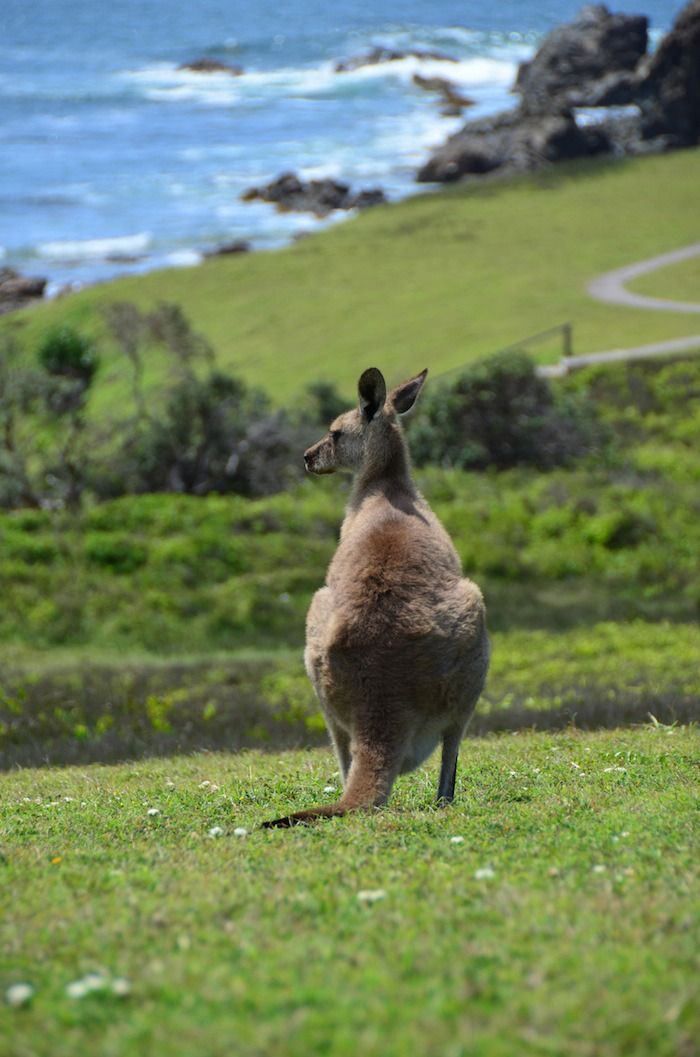
"If you put your hand up for foster care, within a year that you start the process and go through authorisation, you can have a child in your home."
This article contains general information only. Refer to your local government for details around laws and requirements regarding adoption.
ABC Everyday in your inbox
Get our newsletter for the best of ABC Everyday each week
Posted , updated
Adoption In Australia - Open Adoption
Adopt with Barnardos. Open adoption gives children in foster care a new beginning. You can provide them with safety and stability for life.
Open adoption gives children in foster care a new beginning. You can provide them with safety and stability for life.
Start your parenting journey with us
Many people believe the only way to adopt a child in Australia is via intercountry adoption. However, this is not the case. There are thousands of children in foster care in Australia who need a safe and secure family in which to grow and thrive by belonging to a family for life through local adoption.
Barnardos is currently looking for prospective adoptive parents in NSW and ACT to welcome vulnerable young children aged 5-12 years into their hearts and homes. Many of these children also have brothers and sisters in the same age range and we believe siblings should be kept together wherever possible.
We welcome people of all backgrounds and cultures. You may be a single person, a couple, already have a biological child or children, or be a member of the LGBTQIA community – it doesn’t matter, as long as you (and any other adult household members) meet our eligibility criteria to foster and then adopt a child. In most cases, the process to adopt a foster child or foster children in your care takes between one and two years.
In most cases, the process to adopt a foster child or foster children in your care takes between one and two years.
Barnardos acknowledges that adoption is culturally inappropriate for Aboriginal and Torres Strait Islander children.
Adoption gave three young Australian children
in foster care a permanent home.
Play Video
ENQUIRE NOW or call 1800 663 441
Frazier, Preston and Anabella's adoption story
Free information events
To help you better understand what’s involved in local adoption and fostering, Barnardos Australia holds free information events and education sessions where you can ask any questions about the foster-to-adopt process. Come along to an event near you, it’s an informal and friendly way to find out more about our adoption services – we’d love to meet you!
Events cover the following topics:What is foster care?
noun_OA2_3526973What is open adoption?
70 allSteps involved
Roles and responsibilities
Support and training
Hear what it's like from
other families
*We advise that you seek alternate care arrangements for your children if attending an information event in person due to the nature of the event and the information covered.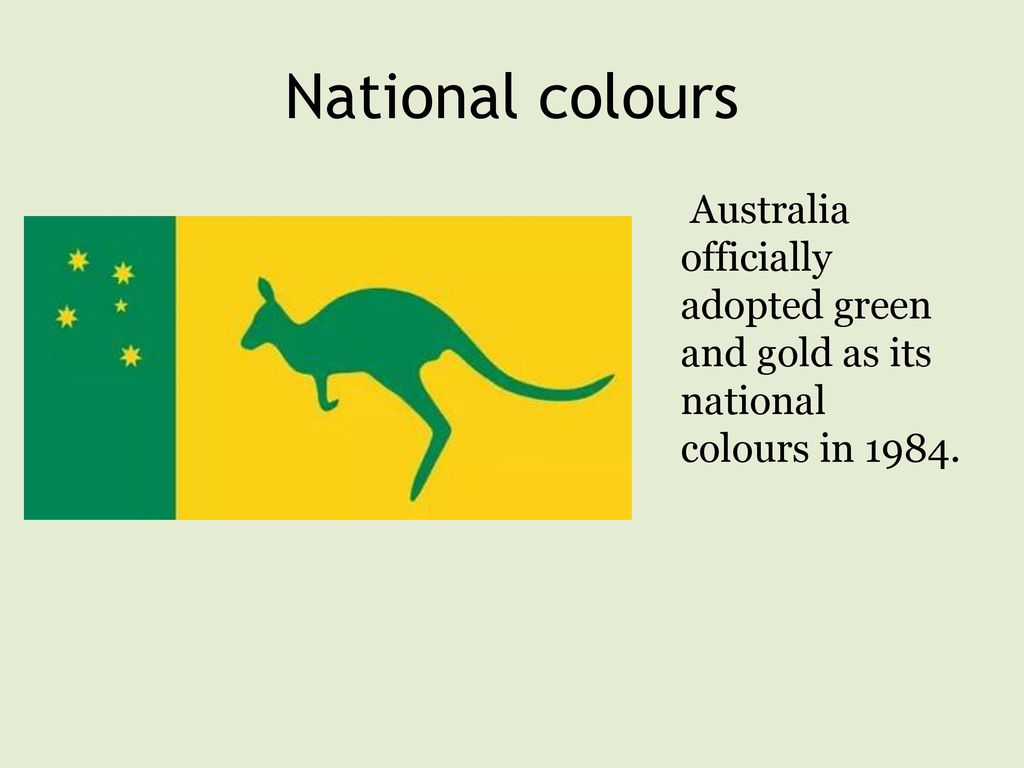 We apologise for any inconvenience caused however we also hold online events in the event you cannot attend a local one.
We apologise for any inconvenience caused however we also hold online events in the event you cannot attend a local one.
EMAIL US or call 1800 663 441
Our adoptive families share their amazing journeys
Play Video
Meet Matt and Bernie
Play Video
Meet Sharon and Chris
Play Video
Meet Ronnie and Paul
VIEW MORE STORIES
Research and reports
Outcomes of Open Adoption Executive Summary
A full executive summary of the research on Outcomes of Open adoption in Australia, including all key findings
DOWNLOAD
Outcomes of Open Adoption from Care book
An Australian Contribution to an International Debate
DOWNLOAD
Play Video about Lyn Moggah
Barnardos launches groundbreaking
adoption research
Open adoption information events
Information events coming soon.
Open Adoption FAQs
What is open adoption?
For children whom the court has ruled cannot safely return home, open adoption provides security and belonging for life. The adopted child becomes a legal member of the adoptive family through a formal court process, whilst still maintaining contact with their birth family which helps them to form a healthy sense of identity.
Why is open adoption best for children?
Open adoption gives children who cannot live with their birth parents the opportunity for a secure future and a family for life. Having “openness” around their adoption means children know who they are and where they come from through birth family connection. This openness, knowledge, and understanding help adopted children to form a healthy sense of identity and belonging, which is essential for their emotional, intellectual, and physical development. Open adoption also means the child is no longer part of the foster care system.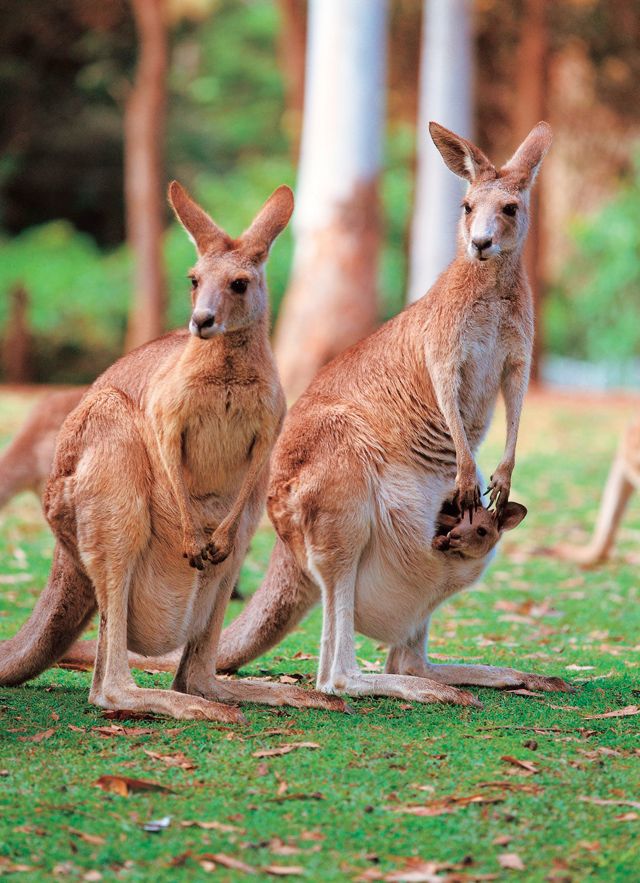
How often will a child have contact with their birth family?
The frequency of contact is decided by the court and depends on the age of the child and their relationship with their birth families. Contact usually includes face-to-face visits, letters, telephone and video calls, emails, photos, and cards.
Will I have to pay any fees to adopt a child?
No. There are no legal expenses, assessment expenses, or administration costs for carers wanting to become an adoptive parent. Our in-house legal team manages the adoption process from start to finish.
Will I receive an allowance after adopting a child?
Depending on your financial situation, ongoing carer allowance and financial support may be available subject to Australian government policy.
Is open adoption suitable for every children in foster care?
No, every child’s family circumstances are different and so not all children in foster care are suitable for adoption. We also acknowledge that adoption is culturally inappropriate for Aboriginal and Torres Strait children.
We also acknowledge that adoption is culturally inappropriate for Aboriginal and Torres Strait children.
Are there currently children in foster care waiting to be adopted?
Yes. We currently have children aged 5-12 and groups of two or more siblings in temporary care arrangements who desperately want and need a forever family.
What geographical areas does your adoption program cover?
We accept applications from prospective adoptive parents in the Sydney metropolitan area, Illawarra and Shoalhaven, and Hunter and Central Coast areas.
Enquire about our adoption process
Australia: Features of national adoption | RefNews
Rethinking contemporary and historical adoption experiences will help thousands of children in foster care, says a new report from Australian experts.
Australia is known as the Land of the Lucky, but the almost 40,000 children in orphanages waiting for a permanent home with loving parents and the many spouses who want to adopt a child are hardly lucky.
Adoptions in Australia have declined by a staggering 9 over the past 40 years7%: with almost 10,000 adoptions in 1971-72 to just 339 in 2012-13, with almost a third of them made overseas. Other countries also experienced a decline in adoptions, albeit not much compared to Australia.
Are we really taking better care of children in need? Or is the fact that a large number of them are in shelters a sign that we have preferred ideological and bureaucratic concerns to their interests? A new report from the Australian Women's Forum "Adoption Rethink" shows that the latter is closer to the truth.
The report examines the decline in adoptions from various perspectives, including the current rise in legal abortions, feminist theory and media coverage. It tracks how this practice, once seen as a natural and obvious solution to the needs of children who are unable to be raised by their own parents, has fallen out of favor in recent decades, and how it affects the growing number of children being raised outside the family.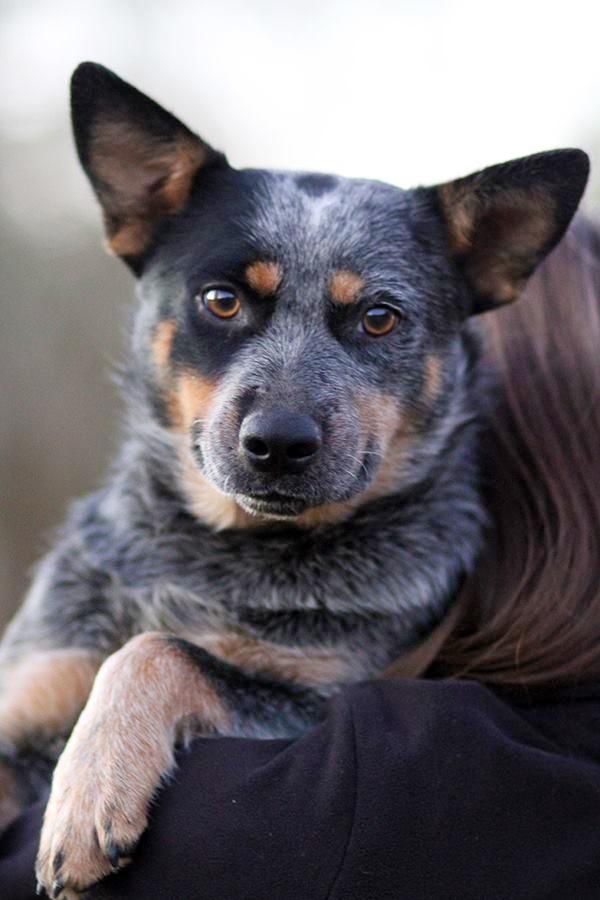
Closed adoptions, stolen generations
At the forefront of this recent story are women who abandoned their children at birth in a time when single mothers were viewed with disapproval. Sometimes these women were under pressure to give up babies without knowing the adoptive parents or expecting to ever see their child again. These women speak of their grief and the wound they have received. Already grown children, who were adopted / adopted under the same “closed” regime, also complained about their painful “quest” to find their biological parents, their full identity. Studies conducted among such people revealed a high level of mental disorders in them.
Historical errors that lead us to speak of the Stolen Generations (separating Aboriginal children from their families), lost innocents (the "export" of 7,000 children from the UK in the early 20th century) and Lost Australians (hundreds of thousands of Australians who spent their childhoods in orphanages) have also contributed to the bleak notion of adoption over the past ten years.
At the same time, the population of children who could benefit from adoption has also changed. Early 19In the 1970s, at least half of the adoptions involved the children of young unmarried women. They, themselves almost children, were encouraged, even forced to give away a child they could not raise alone, and instead encouraged to strive to complete their education, find a job and get married. Now those norms have changed with benefits, abortions and birth control pills.
Is another lost generation on the way?
Today's picture is very different from the past. Most children in Australia (and similar countries) in need of foster parents have been taken from their biological parents due to physical, sexual or emotional abuse, neglect, and placed in foster homes. The number of these children has doubled over the past decade, however, despite this, it takes an average of four years to adopt a child into a foster family.
At a time when dramas about foreign adoptions fill the pages of magazines and newspapers, the uncertain future of these children is a growing scandal that calls for urgent action.
Rethinking Adoption reports that of 39,621 children in foster care in mid-2012, two out of three were in a state of permanent family-to-family transfer for two or more years, with an increasing number of children continually returning to the system . “Thus, children in foster care live in a state of more frequent change and instability, which leads to more complex needs and behaviors.”
Becky Hope, in her book All In a Day's Work, cited in the report, emphasizes the critical importance of stable, loving care during the earliest periods of a child's life:
who do not get their basic needs met in reciprocal, loving care, and who are forced to scramble through life on their own, suffer visible devastating effects of brain development even before they are a year old.
It has also been found that children who experience severe lack of parental attention as infants and are placed in long-term foster care before six months of age are able to generally make more progress than if they are adopted after six months.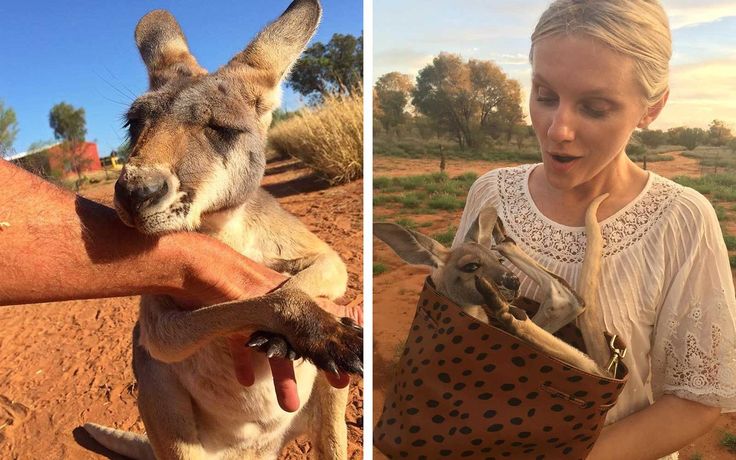
Children need stability to form secure attachments, but guardianship, no matter how well it is done, is temporary in nature. While there has been an increase in permanent guardianship cases in Australia (and similar instruments elsewhere), a recent study in Queensland found that such arrangements "do not provide enough stability for children". On the one hand, the rights of guardians can be challenged by the family of origin, on the other hand, they do not give children the same sense of belonging to the family, unlike adoption.
Gregory Pike, director of the Center for Bioethics and Culture in Adelaide, also comments on this situation in the report “Rethinking Adoption”: adoptions. The cost to society and government of caring for these children and treating the traumatic consequences of their situation is enormous.
Adoption: open and closed
(Ed. With a closed adoption, the adoptive family can keep the fact that the child is not a parent, with an open adoption is not a priority)
In Australia in 2011-12, 95% of local adoptions were open - this is a continuing upward trend that has covered 80% of adoptions since 1998.
Although some adoptions did not really take into account the needs of the birth mothers (fathers were usually not in this picture at all) and the child, in the age of open adoptions, every effort is made to respect the rights and feelings of all participants in the “adoption triangle” . In any case, it is the adoptive parents who now suffer their own stigma for being on a side with a dark history, which has negatively impacted a significant number of people.
There is a tendency to exaggerate this influence.
Dr. Pike reviewed local and international reports on adoption outcomes for biological mothers, adopted children and parents, including those who belonged to the "closed" age. The literature provides a much more detailed picture than is evident from media reports of people who have gone through negative or unhappy experiences.
Undoubtedly, some mothers who were forced to give up children suffered, but “a significant amount of uncertainty exists about how common these outcomes were and how they relate to the characteristics of adoption and its process,” Pike says.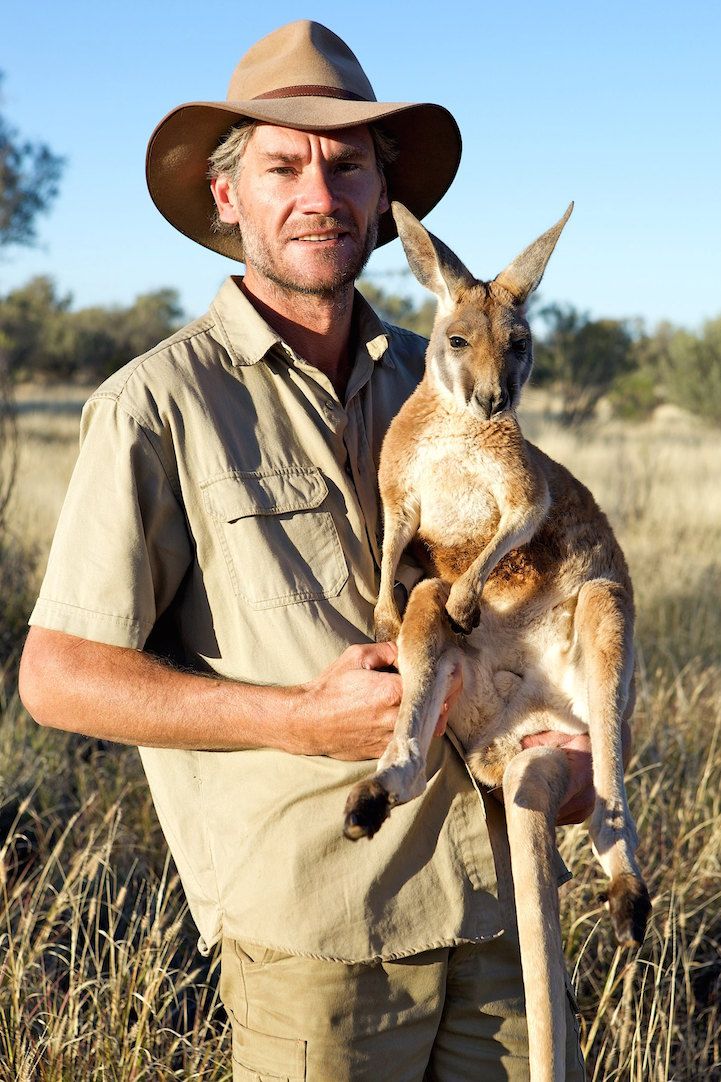 There is evidence that finding and reuniting with a child has a healing effect.
There is evidence that finding and reuniting with a child has a healing effect.
Looking at the problems of adopted children, he found the following: Although adopted children represent the largest proportion of patients with mental disorders, the actual proportion of "adoptees" in a society with such problems is very small. Foster children face significant challenges in addition to those typically experienced by children in early childhood and adolescence, however, there is evidence that foster children have incredible resilience and there is official evidence of their ability to "catch up" on various occasions. For some adopted children, their experiences prior to adoption were often difficult and sometimes traumatic, and these experiences were associated with later outcomes. When compared with their peers who remained in the shelters, the "adoptees" had better physical and mental health and better circumstances in education and socialization. The key issues for adopted children were attachment, self-determination, search and recovery.
Little research has been done on foster parents and their problems.
Intercountry adoption
Despite the bad reputation and availability of reproductive technology, it appears that many couples would be happy to adopt if given the option. Frustrated by the barriers to adoption in Australia, they often turn to orphanages in developing countries. Here again they have to wait up to five years.
Obviously, special care must be taken to ensure that the adoption of a child in another country and culture serves his best interests. Pike says: “In the case of all adoptions, and according to the Hague Convention on Adoption, cross-country adoption should be used only in cases where the biological parents (parent) or relatives do not have the ability or desire to properly care for the child. Only if there are no suitable facilities available to provide ongoing care in the State where the child was born, should ethical inter-country adoption be considered in the best interests of the child.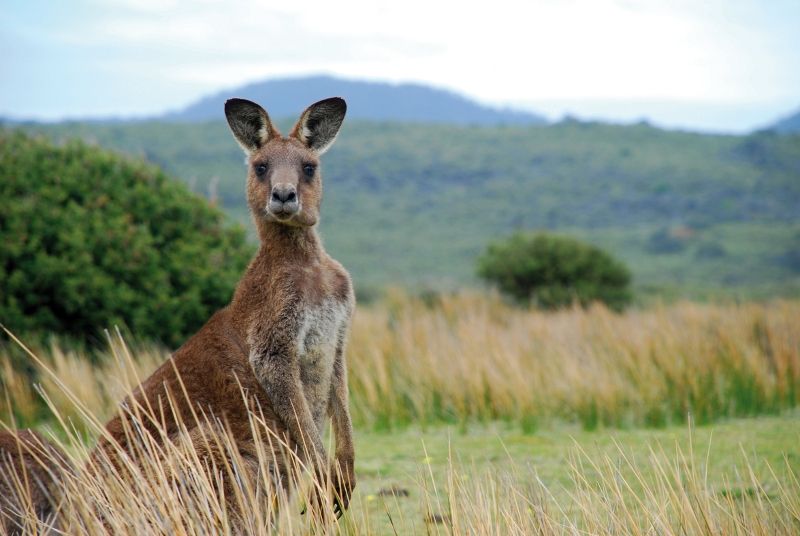 ”
”
Tony Abbot's government in Australia has taken steps to expedite these adoptions by creating a new national agency that will be operational by mid-2015 to negotiate adoptions with most countries.
However, each country has its own special obligations to its children, and those under the care of the state deserve a new plan. Barnados Australia, a leading non-governmental agency for the protection of child survivors of abuse, urges Abbott to set a goal for open adoptions in every state.
So why delay?
According to a report by Martin Nary, UK Government Adoption Adviser, important factors include: take him to meetings with his parent or parents while the court decides the future of the child. This represents a shocking mistake with devastating consequences for children and society that will last for decades."
- Parents are given priority: the needs of the parents, not the rights of the children, are the priority.
-Loss of sense of urgency when a child is placed in care.
-Social workers: the need for a balance of social workers who have maturity (not necessarily skill level) and experience in the care and development of children and young workers who may be qualified. Everyone needs to be trained in a real child protection situation and taught to understand the priorities of the child, the need to act immediately, and so on.
Pike also noted that ideology plays a key role: there are a number of references in Australian sources to an anti-adoptive mentality in some educational institutions "and perhaps among professionals who are key intermediaries", such as employees of government welfare departments. A 2005 government report on foreign adoption noted that attitudes in these departments ranged from "indifference to hostility".
Feminist ideas about patriarchy and its "dominant prescriptions" are also included. Combined with revelations about previous scandals and forced adoptions, this has shaped public opinion that children should not be separated from their parents.
This is basically a reasonable principle: the child must be with the parents and reasonable steps must be taken to ensure that they can stay together. However, when a child is neglected or abused, despite the help of relatives and the intervention of the authorities, there must come a time when the best interests of the child dictate the need for his removal from the family. At this point, undoubtedly, efforts should be focused on providing the child with a loving, stable and permanent family.
Presumably, the principles of open adoption should apply if there is safety for the child and permission from the adoptive parents. Biological parents cannot be completely written off.
However, this should not be done with adoption either. As Pike says in the conclusion, “There is something about most adoptions that helps them end well. Despite all the complexities and shortcomings of the human experience, the mistakes of the past and the failures of the present, adoption remains a realistic and workable solution. ”
”
Author: Carolyn Moynihan
Source: MercatorNet
Tags: australiaWithout orphansadoption
Children in Australia - online presentation
They are never responsible for anything, but parents of
can easily get a fine for poor childcare or, for example, a court fine of up to 30 thousand
dollars if they leave a child under 12 years old unattended even for a few minutes.
From the very first grade, the police come to the school and explain that the kids should tell the teachers everything and everything
about how they are treated at home, and that it is not at all necessary to obey the parents.
When Australian teenagers turn 14 they are entitled to leave home and are required by the State
to pay them an allowance so that they can live without studying or working.
It is impossible to force them to return home until they themselves want it. However, despite such0109 free laws, teenagers prefer to live with their parents as long as possible - even after
coming of age.
 However, the older generation is quite satisfied with this, although sometimes they complain that the kids do not pay for anything, but they eat, drink, waste water and electricity.
However, the older generation is quite satisfied with this, although sometimes they complain that the kids do not pay for anything, but they eat, drink, waste water and electricity. Australia also has special schools for teenage mothers. Abortion in the Australian society
is quite rare: if a girl becomes pregnant, then, as a rule, she will give birth. If
she decides not to keep her newborn child, then he will be given up for adoption (which, by the way, happens
is extremely rare). Most teenage mothers prefer to keep newborns to themselves, and in this case they receive a lot of material support from the state.
As already mentioned, the abortion rate in Australia is very low, although they are not prohibited by law. In the
case, if the woman who gave birth is unmarried and refuses to become a mother, the newborn
can be temporarily given up for upbringing in a foster family, and then, after some time, the mother can
take the child back to herself.
 There is even a special category of people - "professional reception
There is even a special category of people - "professional reception parents”. During their lives, they raise 25-30 children, receiving for this not only decent money
from the state, but even official government awards.
If any child is found to be mistreated at home, or even if
simply not being looked after well enough, social workers will take him away from his parents.
There are no orphanages in Australia, so children taken from their parents are immediately sent for adoption
(and there are usually a huge number of people who want to adopt someone else's child), and those0109 children who are not yet adopted live in temporary foster families.
For these foster families, the state pays an allowance of about $28 per day for every
foster child, plus a portion of certain expenses. There are families who in this way look after
10-15 children at once - their own and others, receiving up to 3 thousand dollars a week in the form of a
permanent income, and that's all they live on (this is called a foster).

The state buys spacious houses for such families for
your account.
Children living in foster families see their parents
several times a month, they can spend
with them for 1-2 days, although they constantly live only with foster parents. This is practiced when the real parents
are alcoholics or drug addicts: the child's contact with his mother and father
remains, but he grows up in
favorable conditions.
If the parents deprived of their rights changed their behavior over time
, passed the special
courses that teach how to properly raise children,
and social workers do not mind, then the child taken away
can be returned back to the family.
As in Norway, the results of the sale of land or sea resources remain within the country
and do not go to the oligarchs and further to foreign accounts, so that in Australia everything is in order with the
social security of citizens. Also, this type of economy has a positive effect on
working days of local citizens, Australians work noticeably less than Europeans or
the Chinese, leaving a lot of time for self-development, raising children and improving society.
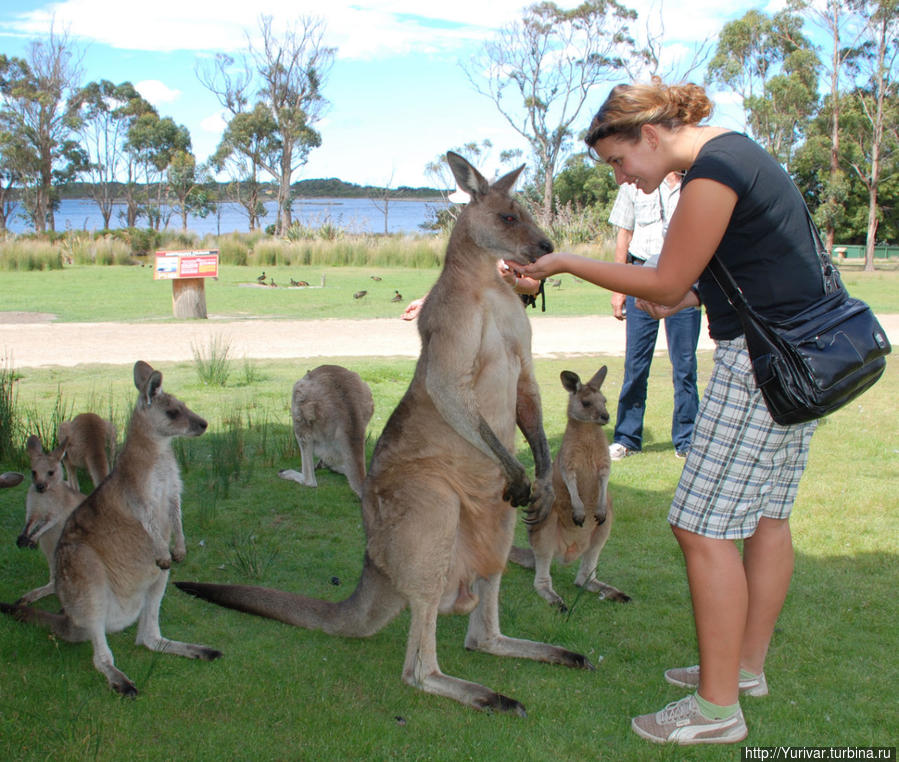
There are 1.9 children per woman in Australia, the highest rate in the world. At the birth of four children,
an allowance is provided, which makes it possible for both parents
not to work at all.
Australia is a country of immigrants, this is understandable, foreigners are distinguished from locals primarily by language, or rather accent, appearance is deceptive here, so many races and ethnic groups are mixed here that
is hard to imagine, especially for people who were born and raised in the monocultural
society of Ukraine or Russia.
Australians are simple and sociable people, in fact, like all Anglo-Saxons. The country
has experienced a long history of migration waves, while the influx of migrants does not dry out
In Australia, everyone lives as he pleases, you can think whatever you like, say whatever you like, while
those around you will not look at you like a white crow, as here almost every person is
is a white crow that is not like everyone else.

